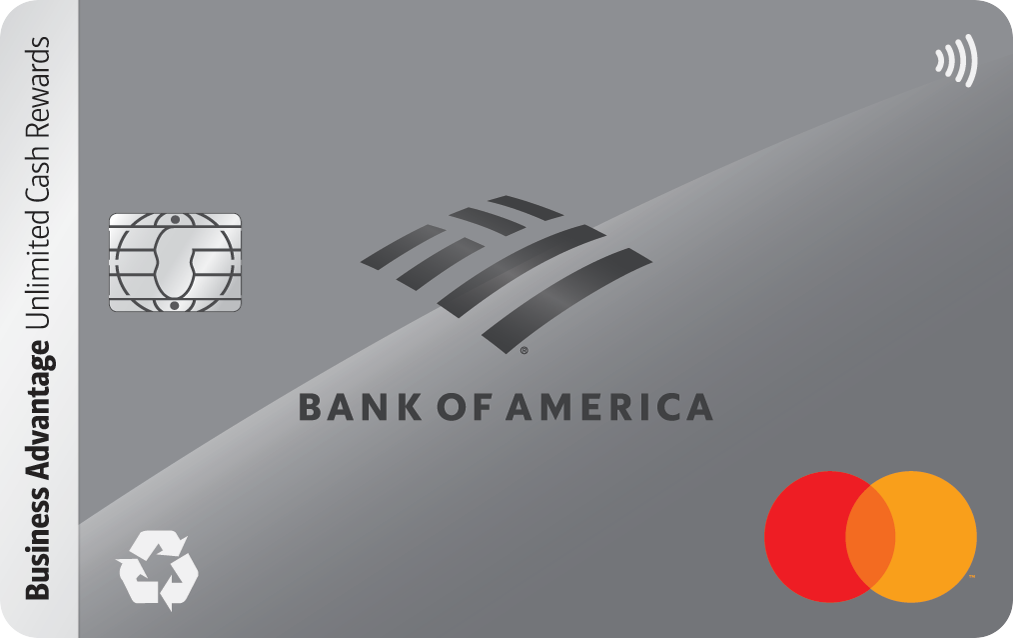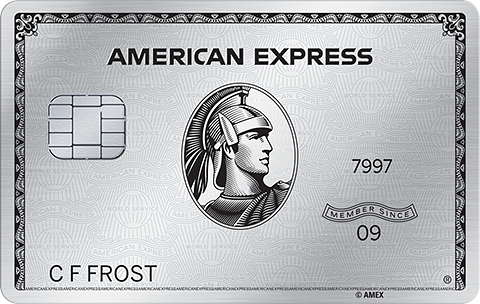Here's the Single Best Strategy for Investing in CDs in 2025

Image source: Getty Images
KEY POINTS
- Building a CD ladder involves opening multiple CDs with staggered end dates.
- This gives you access to regularly maturing cash, and locks in today's best rates.
- Some issuers offer a broad selection of CD terms -- like from 3 months all the way up to 10 years.
A buddy of mine has what I call a beast-mode emergency fund. It's a full 12 months of living expenses (mine is more like three to four months).
But instead of holding all this cash in a big savings account, he does something smarter: He's built a CD ladder.
His cash is split across twelve, 12-month certificates of deposit (CDs), with one maturing each month. This means cash hits his account monthly, like a self-funded paycheck. His theory is that if he ever lost his job, he wouldn't need to access his entire cash pile all at once. He only needs one month of funds at a time.
It's quite smart actually. CD ladders give you the best of both worlds -- locking in 4.00% or higher APYs and cash flexibility.
Setting up a CD ladder
Instead of locking up all your funds for a set period, a CD ladder lets you have multiple end dates. Some of your money is tied up short term, some mid term, and some long term.
Each CD ladder is custom built. You get to decide how much to put into each CD, and the term.
Here's an example of how someone might set up a ladder with $12,000, using 1-year CDs:
- Month 1: Open a 1-year CD with $1,000
- Month 2: Open another 1-year CD with $1,000
- …repeat this for 12 months
- Month 13: Your first CD matures. At this time, you can either roll that money into a new 12-month CD, pull out just your earnings and reinvest your principal, take all your cash, or anything in between.
After a year, you'll have 12 CDs maturing one by one each month. That gives you predictable access to your cash.
Another way to start a ladder is by purchasing multiple terms upfront. For example, a 6-month, 12-month, 18-month and 24-month CD all right now, each with $10,000 in it.
One thing I recommend is having all your CDs with the same bank. Discover® Bank is a great option for this. It offers a wide range of terms from 3 months all the way up to 10 years. Check out all the Discover® Bank CD terms, with rates up to 4.00% APY.
Why this strategy works in 2025
Interest rates have held strong so far this year. But things are likely to change as most economists are predicting one (or even a few) interest rate cuts in 2025.
Holding your cash in a high-yield savings account might give you a good APY today, but as soon as rates drop, so do your earnings.
A CD ladder strategy locks in today's higher yields. But it also gives you regular liquidity. You can build your ladder to match when you would like access to your cash (and how much).
And let's be honest. If your cash pile is for "emergencies," you probably won't be needing a huge amount of cash all at once. A CD ladder gives you a runway, without breaking CDs early and paying penalties.
Build your own income stream
A CD ladder is perfect for large emergency funds, short-term goals like home down payments, or any chunk of cash you don't want to risk with investing.
And in 2025, with rates still attractive, it's a smarter place for your money than just letting it chill in a savings account. Start here by browsing today's top CDs rates and choose a bank that suits you.
Our Research Expert


